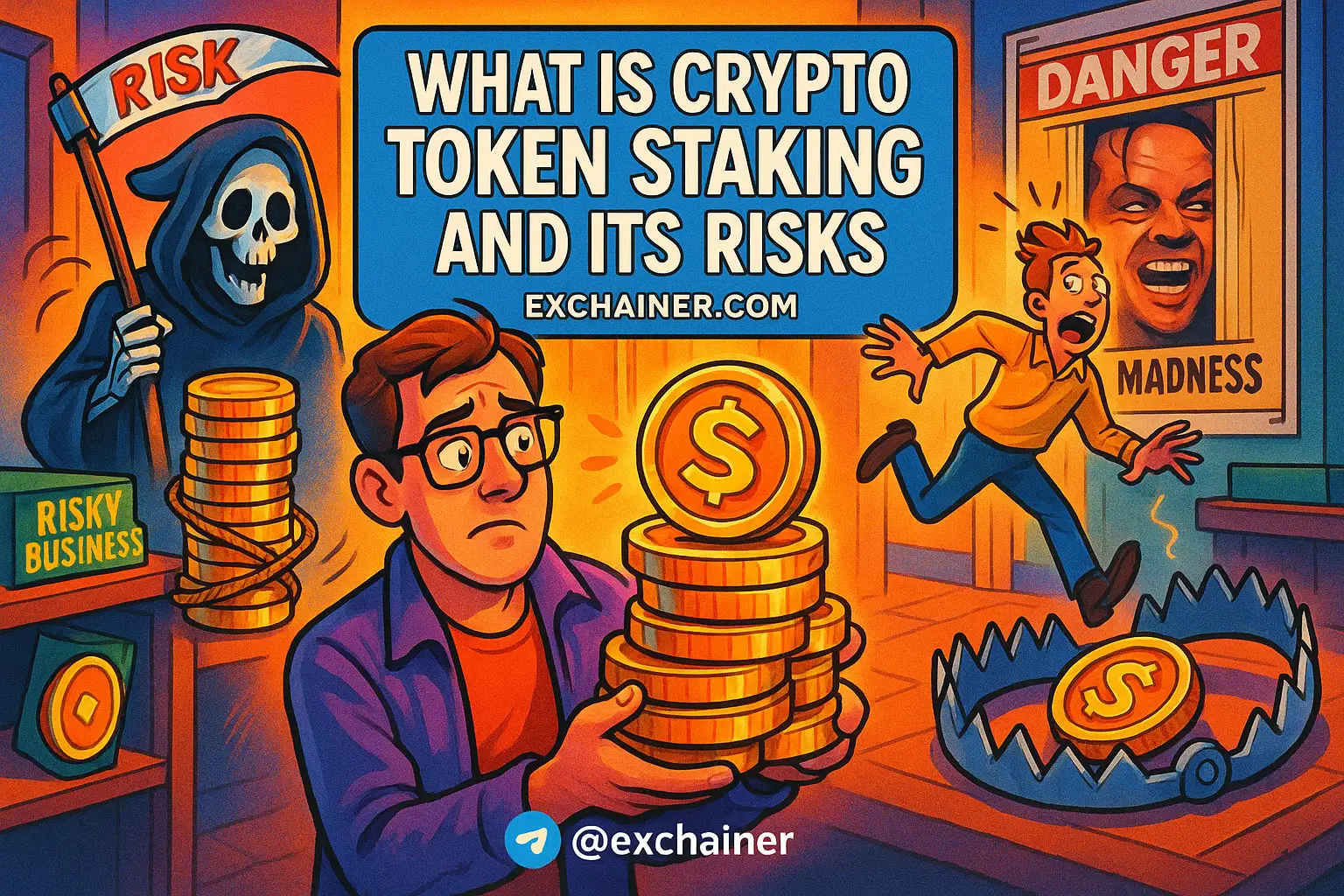Understanding the intricacies of crypto network security is vital for anyone navigating the world of digital currencies. As the adoption of cryptocurrency increases, so does the potential for security threats. Whether you’re a beginner or have been involved in trading for a while, knowing the basics of network security can help you protect your investments and ensure you're operating in a secure environment. With various scams and hacks reported daily, this topic is more relevant than ever. This article serves as your comprehensive guide to understanding crypto network security, arming you with the knowledge you need to stay safe while trading or holding cryptocurrencies.
In a digital world where financial transactions occur at the speed of light, knowing the methods used to safeguard networks is not just useful; it’s essential. You may often hear about famous breaches involving exchanges losing millions of dollars due to inadequate security measures. These incidents serve as a reminder that understanding how cryptocurrency network security works can mitigate risks and help you make informed decisions. From safeguarding your private keys to using secure wallets, we'll cover practical steps you can take to enhance your own crypto security.
So, grab a cup of coffee, sit back, and let’s dive into the essential aspects of crypto network security that will help keep your crypto assets safe.
The Importance of Crypto Network Security
First off, let’s talk about why crypto network security should be one of your top priorities as a trader or investor. Cybersecurity in the crypto space is often a life-or-death matter for your digital assets. Recent statistics show that in 2023 alone, close to $2 billion worth of cryptocurrency was stolen through hacks and scams. Imagine waking up one day to find that your carefully accumulated crypto assets are gone!
Understanding the importance of network security starts with recognizing the vulnerabilities that blockchain technology and cryptocurrency face. Unlike traditional banking systems protected by centralized authorities, cryptocurrencies operate on decentralized networks that can be more susceptible to attacks.
Here are some key reasons why understanding crypto network security is crucial:
- Protection Against Hacks: Knowledge of security mechanisms can help you avoid becoming a victim of cyber theft.
- Maintaining Privacy: Improper network security can lead to personal information being leaked, which can expose you to further phishing attacks.
- Building Trust: Understanding how to operate within secure networks can enhance your credibility as a trader or investor, building trust in communities and exchanges.
Key Concepts in Crypto Network Security
Ready to dig deeper? Let’s break down some key concepts in crypto network security that are pivotal in ensuring your assets remain secure.
1. Public and Private Keys
First, let’s discuss public and private keys. Think of your public key as your bank account number—everyone can see it and send you crypto, but it’s the private key that is like your PIN code; without it, you can’t access your funds.
- Public Key: This is your address on the blockchain and can be shared with anyone wishing to send you currency.
- Private Key: This is a secret number known only to you. It authorizes transactions and allows you access to your assets. If someone gains access to your private key, they can take control of your wallet and transfer your funds elsewhere.
Remember, never share your private key with anyone!
2. Wallet Types
The type of wallet you choose can significantly impact your assets' safety:
- Hot Wallets: These are connected to the internet and are user-friendly, allowing for easy transactions. Their vulnerability stems from being online, making them more susceptible to hacking.
- Cold Wallets: These are offline storage options like hardware wallets or paper wallets. They offer enhanced security but can be less convenient for frequent transactions.
Assess your trading habits to determine which type of wallet is appropriate for your needs. If you’re holding long-term, a cold wallet may be a safer option.
3. Two-Factor Authentication (2FA)
Two-Factor Authentication is like adding a second lock to your front door. It requires not only your password but also a second piece of information, typically a code sent to your mobile device. This drastically enhances your security and provides an additional layer against unauthorized access.
It's always wise to enable 2FA whenever it’s available, especially on exchanges where you keep a significant portion of your assets.
Common Security Threats in the Crypto Space
Alright, friends, it's time to face the dark side. Understanding potential threats is crucial to developing an effective security strategy. Here are some common security threats you need to be aware of:
1. Phishing Attacks
Phishing is a tactic where attackers impersonate a trustworthy entity to steal sensitive information. This could be an email that looks legitimate but leads you to a fake website designed to replicate a popular exchange.
- To avoid phishing: Carefully inspect URLs before clicking and never enter your credentials on websites you're unsure about.
2. Exchange Hacks
We’ve seen high-profile exchange hacks where millions vanish overnight due to security breaches. These exchanges often store large amounts of user funds, making them prime targets.
To protect yourself:
- Only use exchanges with a strong security reputation.
- Keep only the necessary amount of crypto on exchanges for trading and transfer the rest to a secure wallet.
3. Malware and Ransomware
Malware can infect your devices and access sensitive information like your private keys. Ransomware takes it a step further, encrypting your files and demanding payment (often in crypto) to release them.
Prevent these by:
- Using reputable antivirus software and keeping your operating system updated.
- Avoid downloading unknown applications or files.
Best Practices for Securing Your Crypto Assets
Now that we’ve covered the threats, it’s essential to know the best practices to keep your assets safe. These practices are aimed at minimizing risks and ensuring better security for your cryptocurrency investments.
1. Regular Software Updates
Always keep your software, including wallets and antivirus programs, updated to protect against vulnerabilities. Updates often contain fixes for newly discovered security issues.
2. Strong and Unique Passwords
Password security can’t be overstated. Use strong, unique passwords for your wallets and exchanges. Consider using a password manager to keep track of them.
Tip: A good password should be at least 12 characters long and include a mix of letters, numbers, and symbols.
3. Backup Your Wallet
Regular backups ensure that even if something goes wrong—like losing access to your wallet—you can still recover your assets. Most wallets offer simple options for backing up your keys or seed phrase. Make it a habit!
Conclusion
In summary, understanding crypto network security is crucial in today's digital currency landscape. From protecting your private keys and choosing the right wallet to recognizing common threats and implementing best practices, you have the power to safeguard your digital assets effectively.
Whether you’re just starting or have been trading for a while, staying informed about security measures can help you navigate this exciting, yet risky, world. So, take what you've learned today and start applying it—your financial future is worth it!
Explore more guides on Exchainer.com, and don't forget to visit our other categories for exchange reviews and tools that can aid you in your journey—because knowledge is your greatest shield in the world of cryptocurrency!












